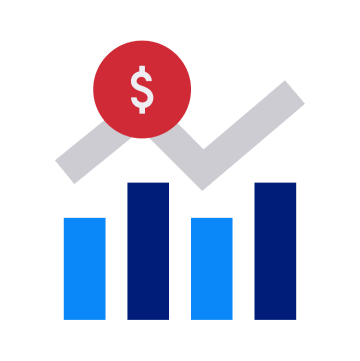Home sales are expected to accelerate in 2025.
Despite improvement in declining mortgage rates over the past few months, home purchase activity remains near cycle lows.
According to Fannie Mae’s September Housing Forecast, the number of total 2024 home sales is expected to decline 0.3% to total 4.7 million, which is the slowest annual pace since 1995.
However, the housing market will regain momentum in 2025. Fannie Mae is forecasting a 9.8% increase in home sales to 5.1 million units, the majority of which are predicted to occur in the second half of the year.2






